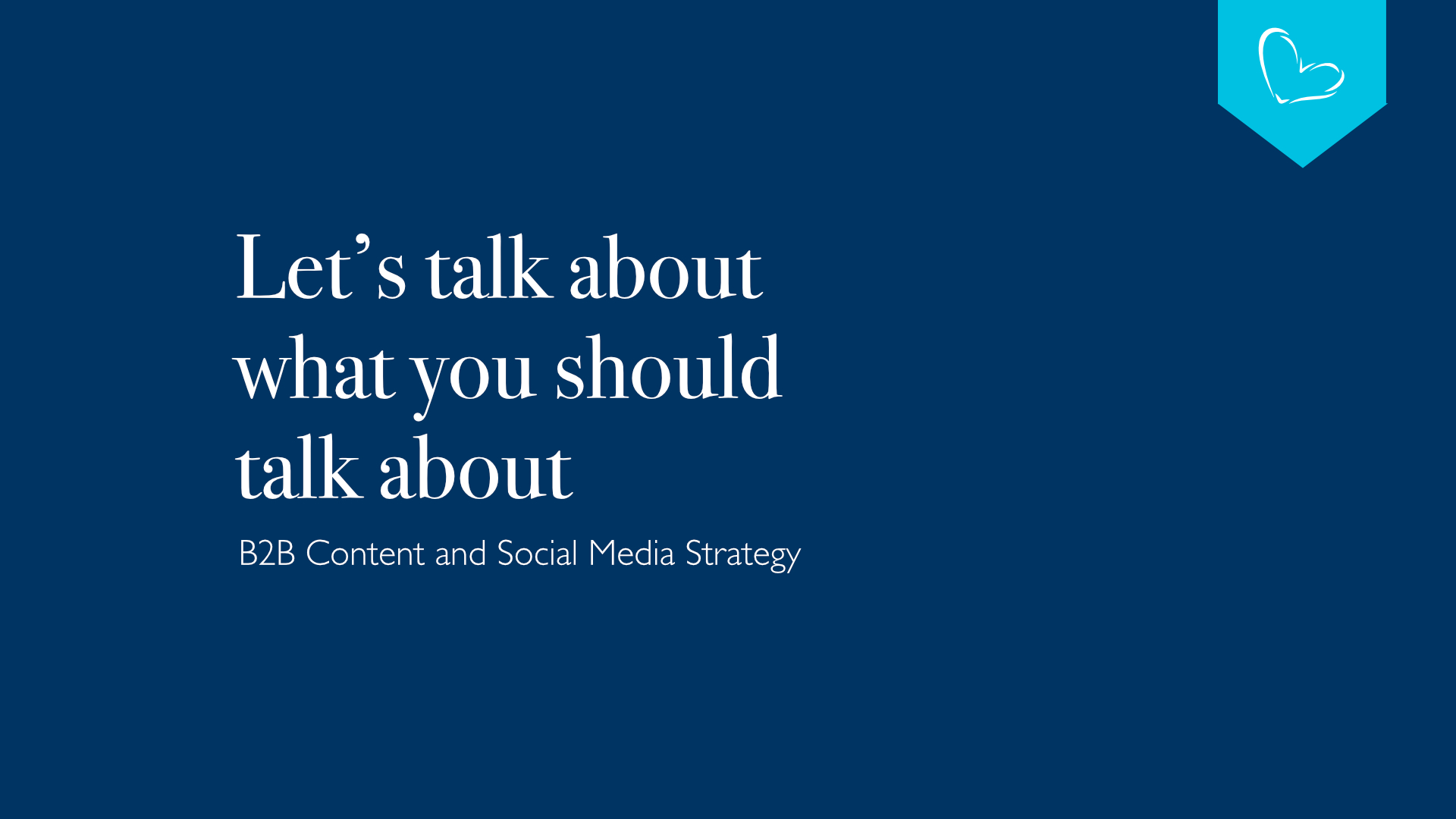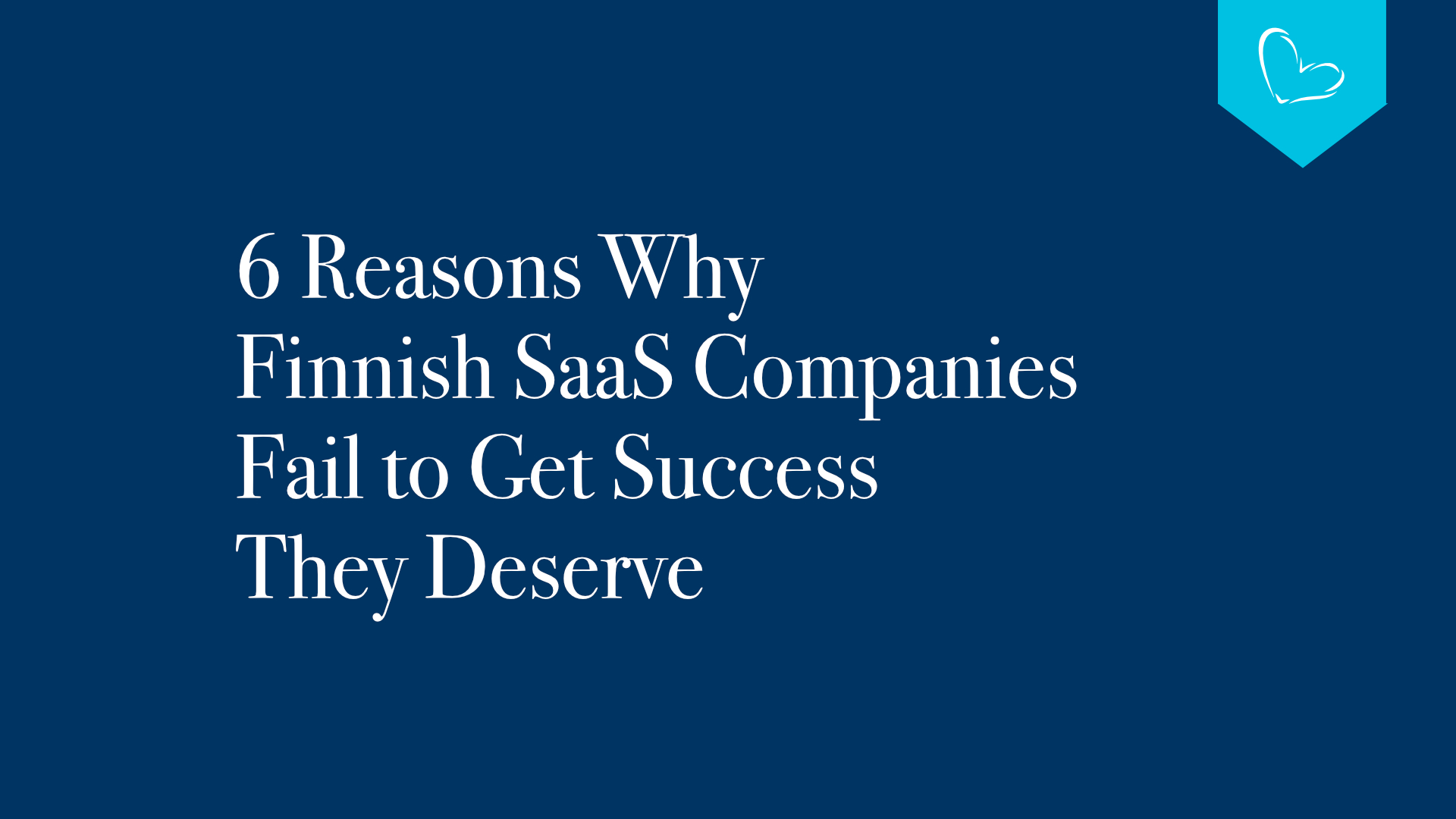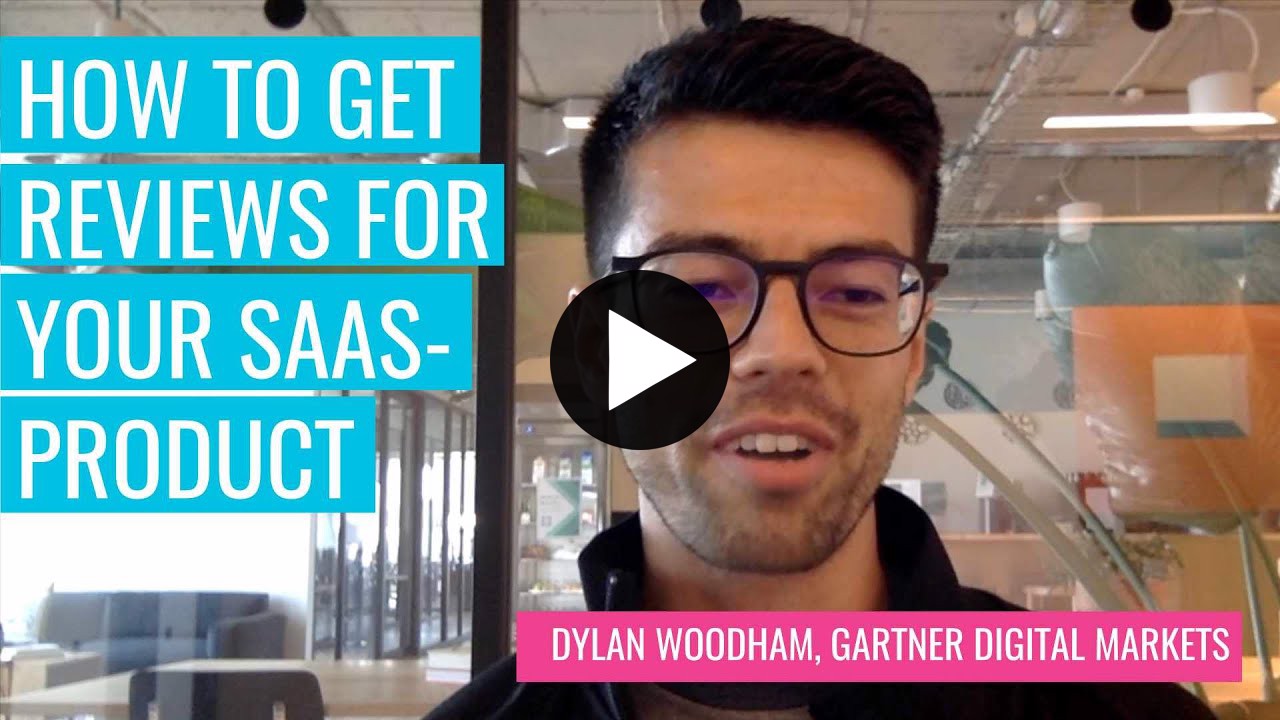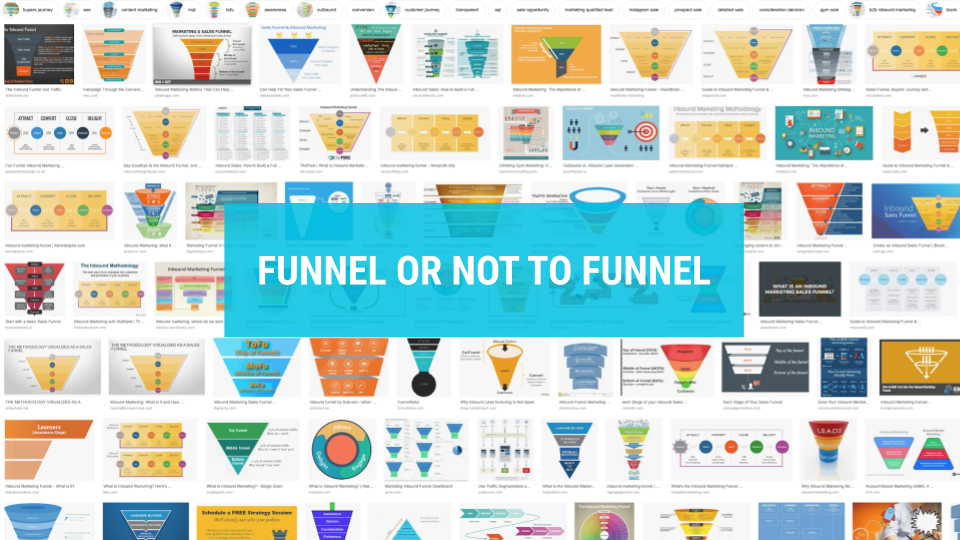
Let’s talk about what you should talk about to get noticed if you are in B2B, ergo, where the unfulfilled content demand is.
This applies to all media you might be using or considering: blogs, social media including LinkedIn, video, speaking engagements, webinars, ebooks, newsletters, books, and more.
This opportunity will be the core of your content or social media strategy.
So let's get going.
Attention is the scarcest resource in modern times.
The world is full of content (blog posts, videos, social media posts), and more is produced every day. It gets harder to get attention every day.
However, for the last 10 years, the same opportunity has remained, and will likely remain. It's huge and remains to be huge.
Following Simon Sinek’s Why—How—What framework, which he explains in his book Start with Why, we could categorize content into three main categories, which I will cover in reverse order of importance. This categorization applies to most content.
What-content: what you do, how great you are, what your product is
You are most likely talking, writing, and posting about what. That is, what you do, what your company does, and what your product does.
I call these “me/we-content.” You talk about yourself.
People and companies like to talk about themselves, yet few like to listen. Supply exceeds demand by a factor of 100.
Check your LinkedIn feed: mostly me/we content. Check the average corporate blog: mostly me/we content.



